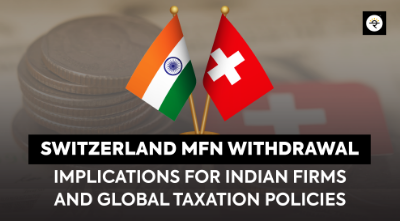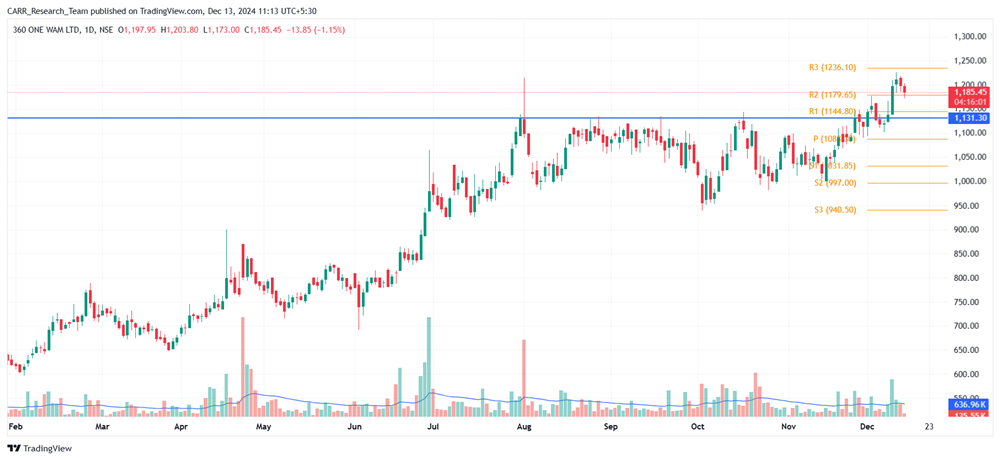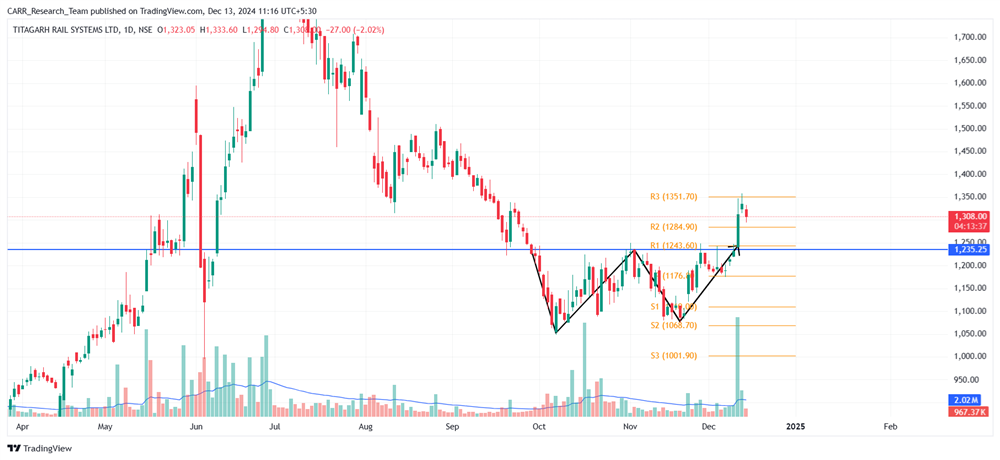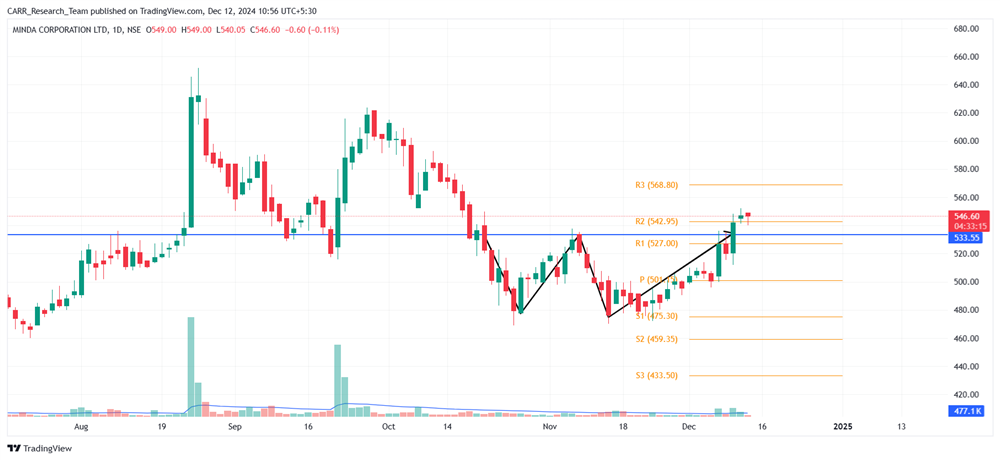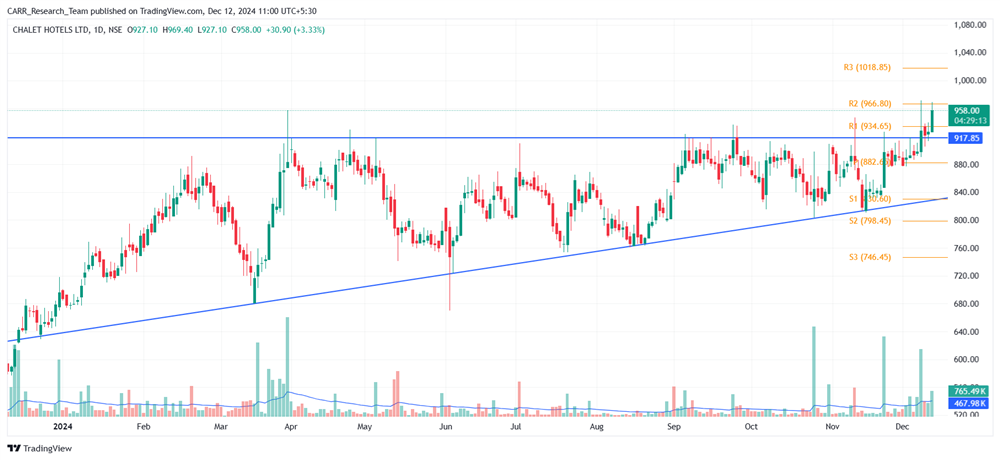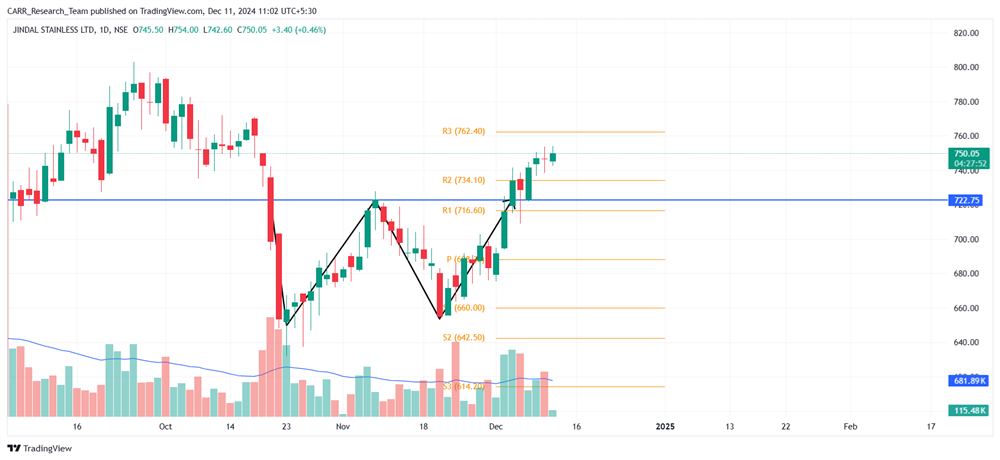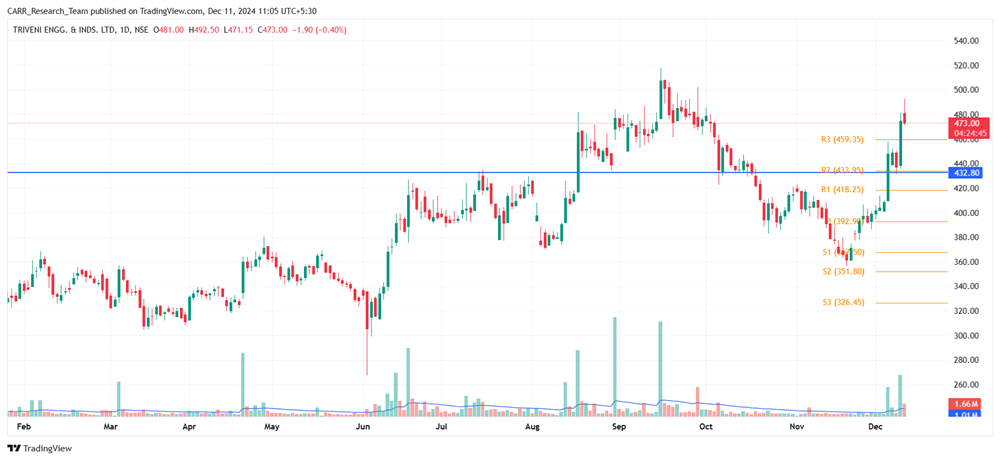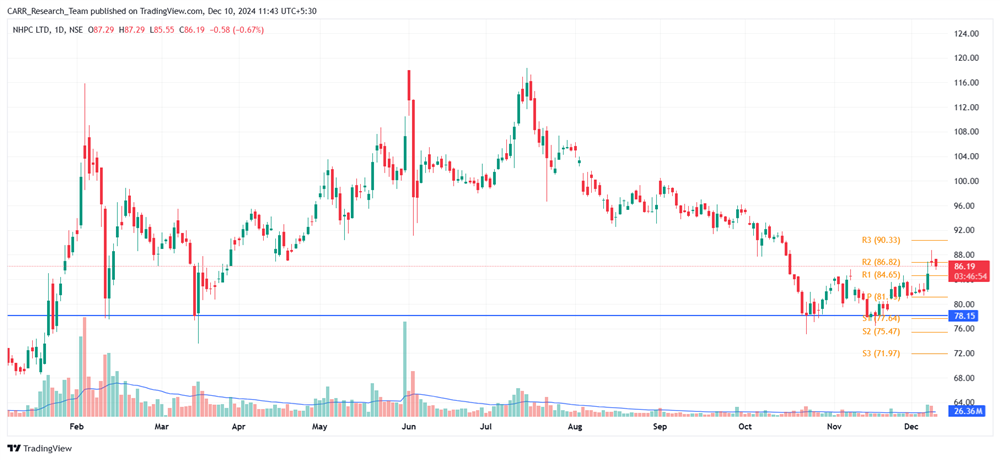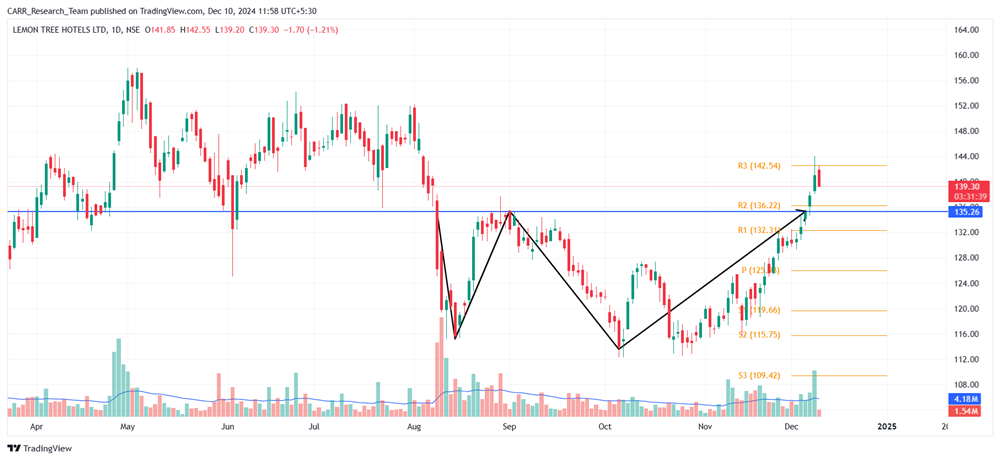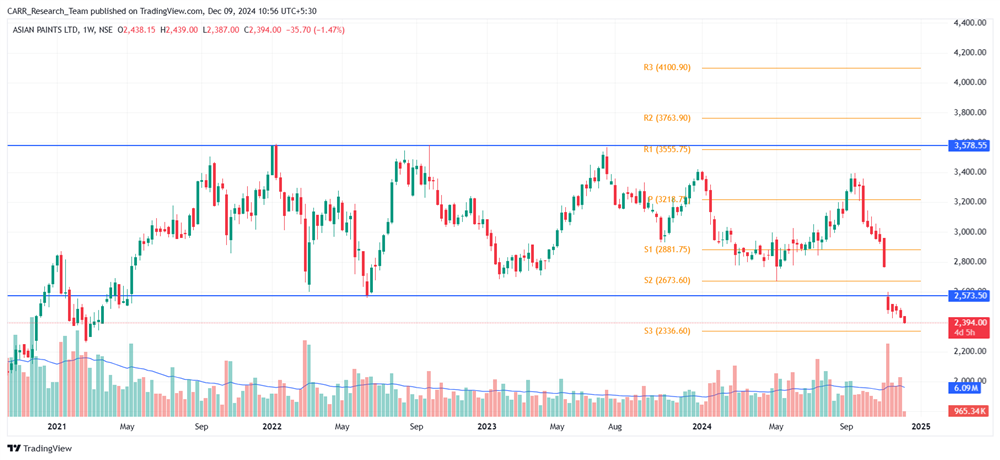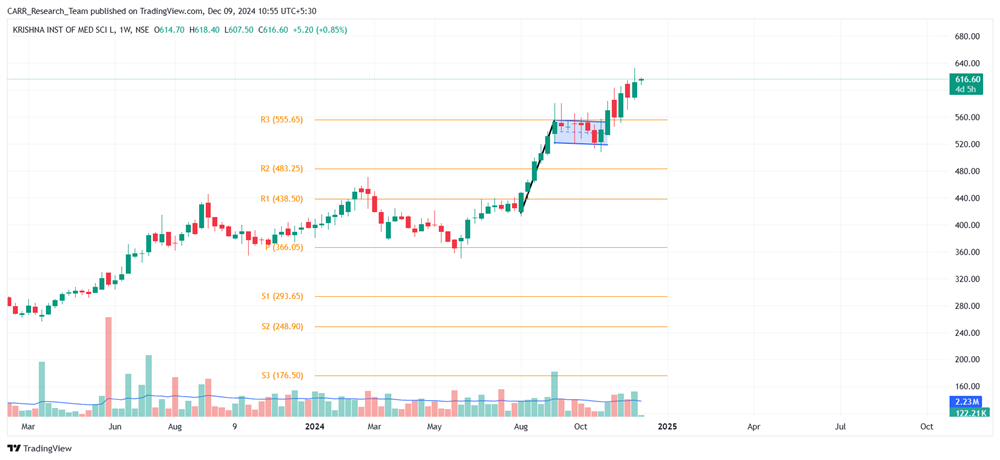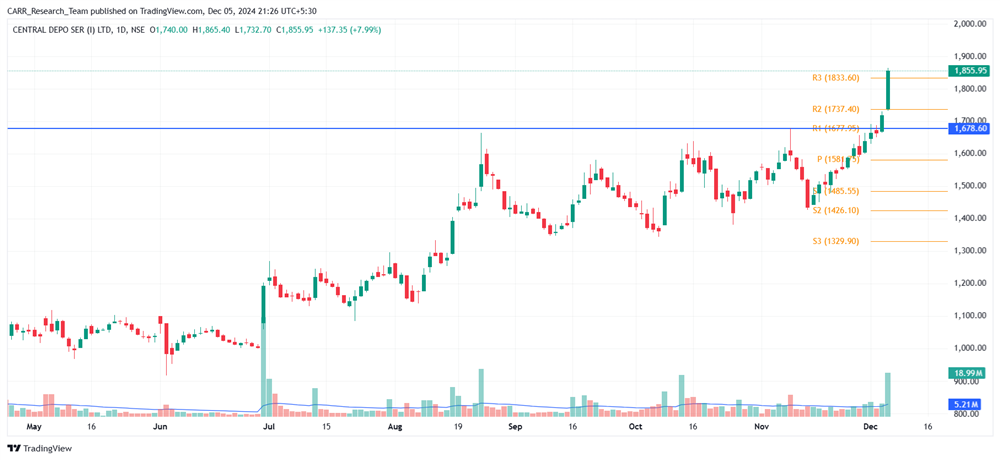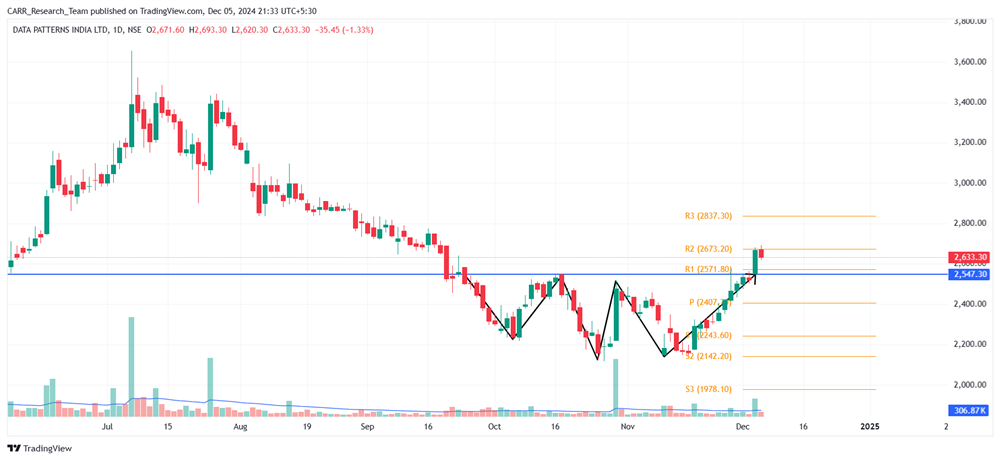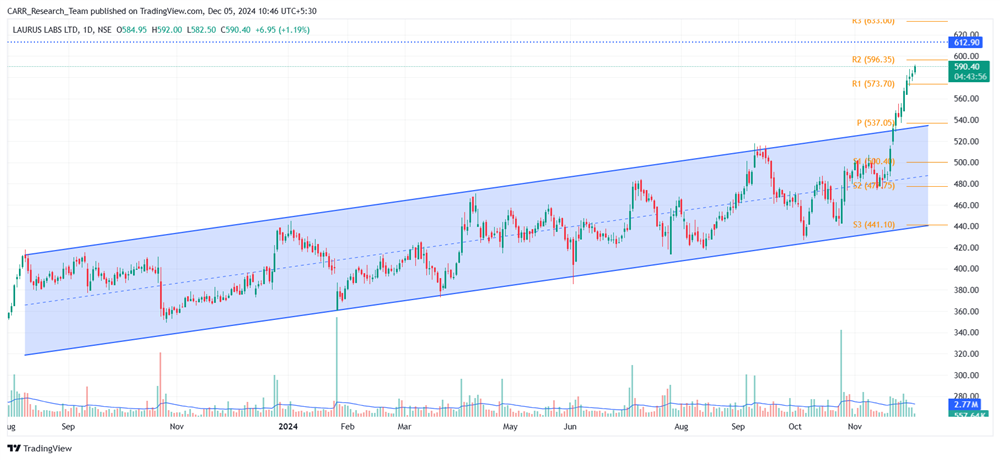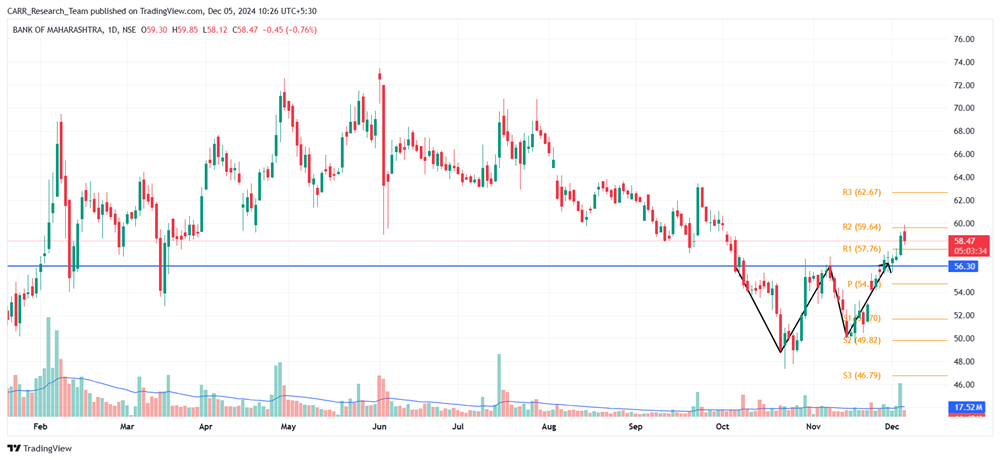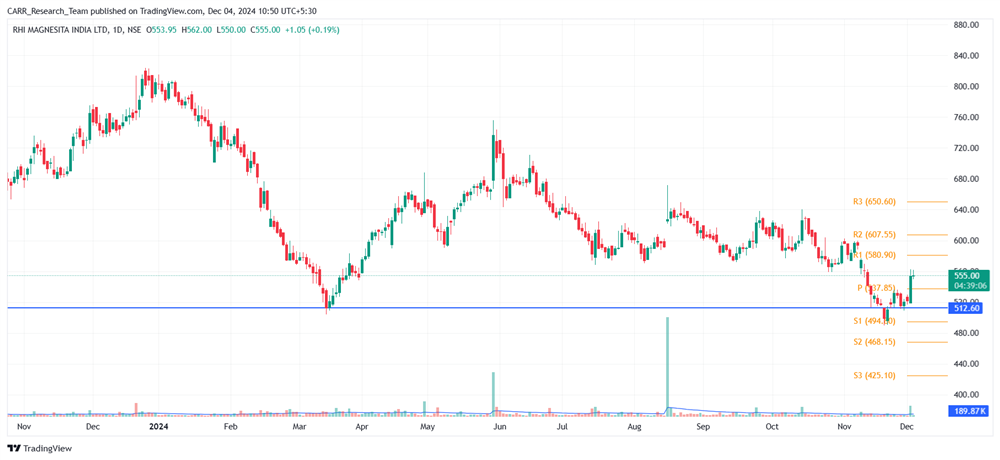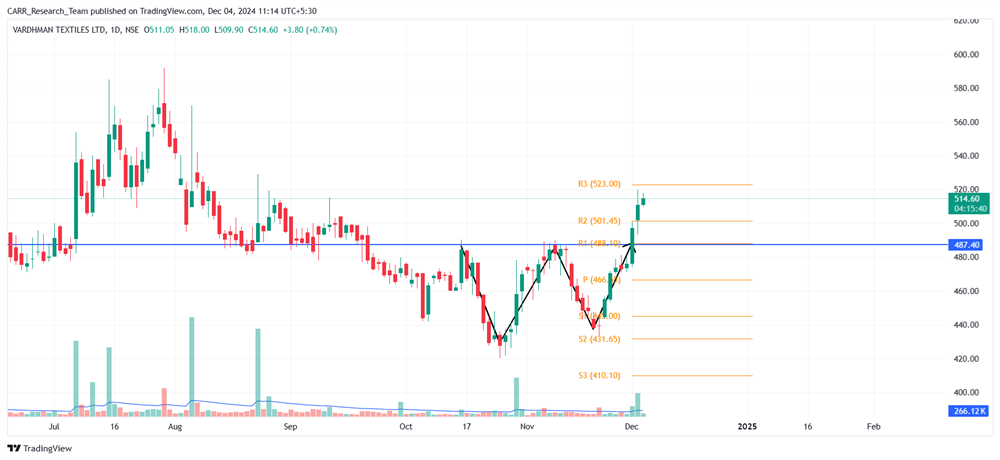Switzerland’s withdrawal of the Most Favoured Nation (MFN) clause from its Double Taxation Avoidance Agreement (DTAA) with India will increase costs for Indian firms operating in Switzerland, particularly in financial services, pharmaceuticals, and IT. Effective January 1, 2025, these firms will face a 10% tax on dividends and other incomes, up from the previous 5% rate. According to the Global Trade Research Initiative (GTRI), this higher tax liability will reduce the competitiveness of Indian businesses compared to firms from countries still enjoying MFN benefits.
Switzerland’s decision stems from a recent Indian Supreme Court ruling in the Nestlé case (October 2023), which clarified India’s stance on the MFN clause. The court ruled that MFN benefits cannot be automatically applied to the India-Switzerland treaty unless explicitly notified under Section 90 of the Indian Income Tax Act. The judgment also limited the MFN clause to OECD member countries as of 1994, when the treaty was signed, excluding nations like Colombia and Lithuania, which joined the OECD later.
Switzerland disagreed with India’s interpretation for two key reasons. First, Switzerland believed the MFN clause should automatically apply, allowing India to benefit from reduced tax rates extended to newer OECD members like Colombia, which joined in 2020. Based on this understanding, Switzerland had unilaterally reduced the residual tax rate on dividends to 5%. Second, Switzerland argued that subsequent OECD members should qualify for MFN benefits, contrary to India’s position. These differences led Switzerland to suspend the MFN clause and revert to the higher 10% tax rate.
GTRI noted that Switzerland’s decision could have broader implications for India’s approach to MFN clauses in bilateral treaties. The Supreme Court’s ruling sets a precedent that may influence similar agreements with other trading partners. If such disputes persist, Indian businesses could face higher tax burdens and compliance challenges in other jurisdictions, potentially discouraging outbound investments.
India has previously faced issues with its DTAAs, particularly with Australia. Indian software firms have long disputed Australia’s classification of payments for software licenses and services as royalties, which are subject to source taxation. Indian firms argue these payments should be treated as business income, taxable only in India unless they have a permanent establishment in Australia. This mismatch in interpretations leads to double taxation risks and compliance challenges, compounded by Australia’s reliance on domestic laws that may override treaty provisions.
The GTRI emphasizes the need for India to adopt a consistent and strategic approach to international taxation treaties. The suspension of the MFN clause by Switzerland and the ongoing issues with Australia highlight gaps in India’s DTAA frameworks. GTRI recommends that India modernize its treaty provisions to reflect contemporary business realities, particularly in the digital and service sectors. A more proactive and cohesive approach is essential to reduce tax uncertainties, enhance global competitiveness, and safeguard outbound investments by Indian businesses.

